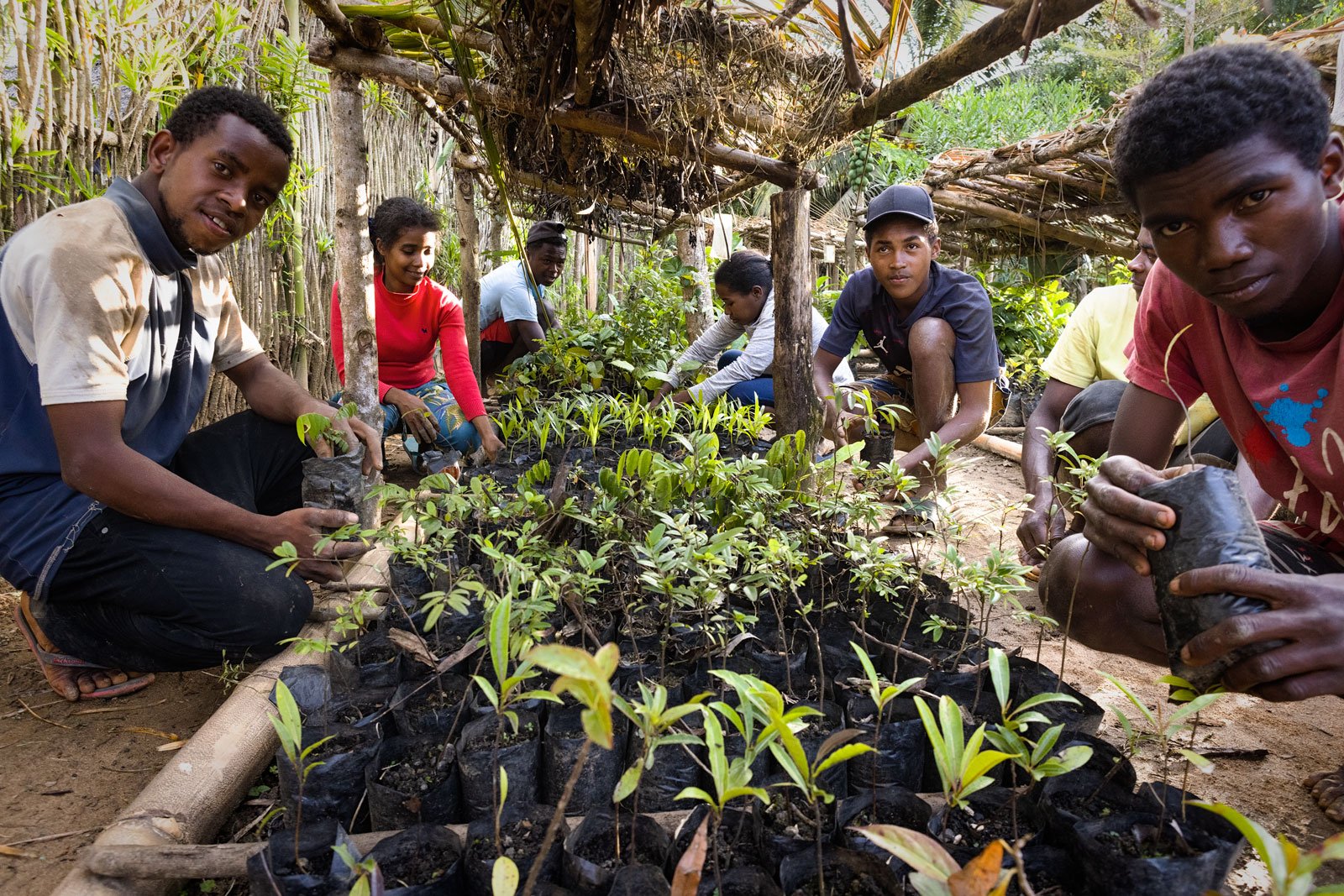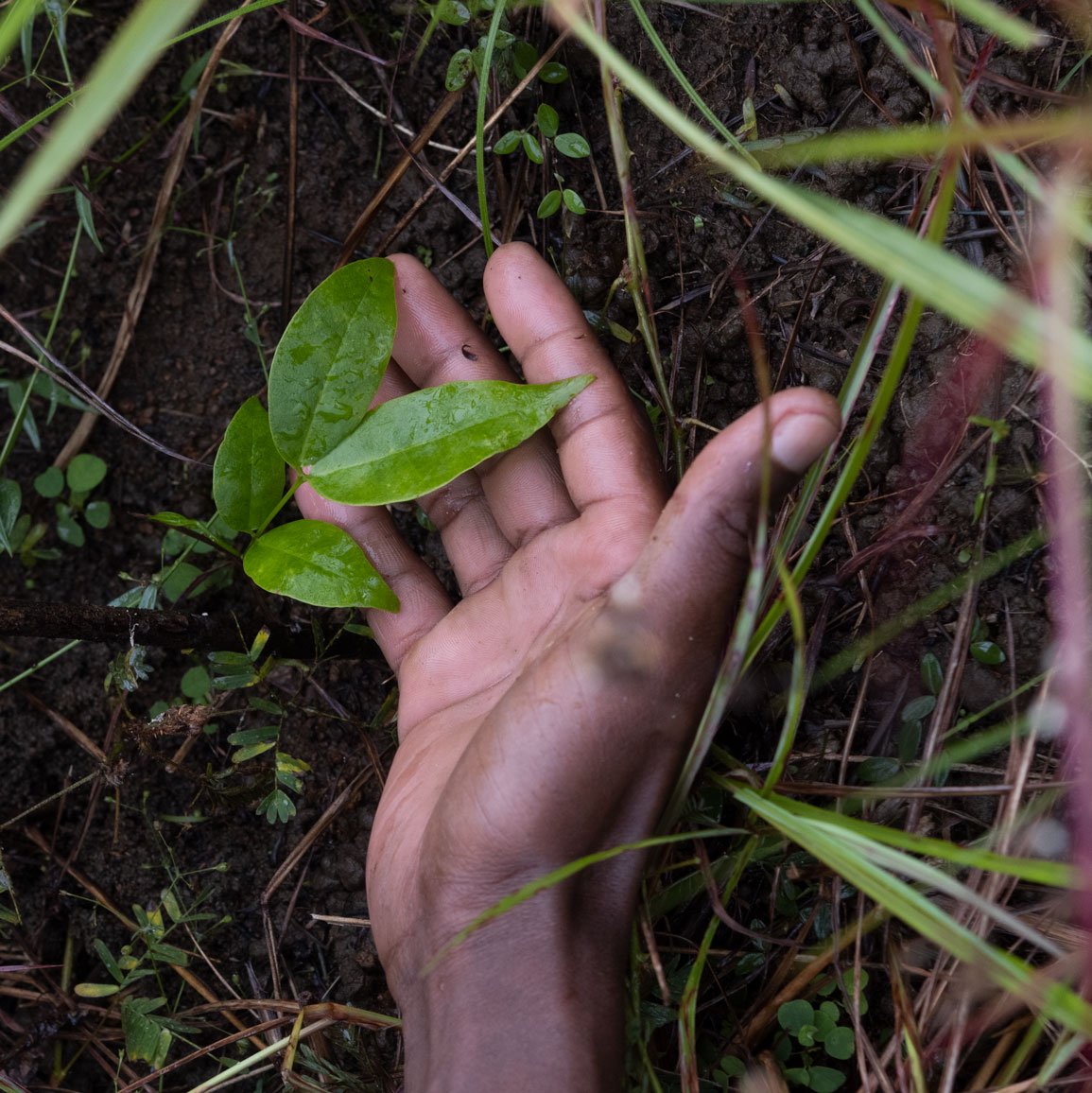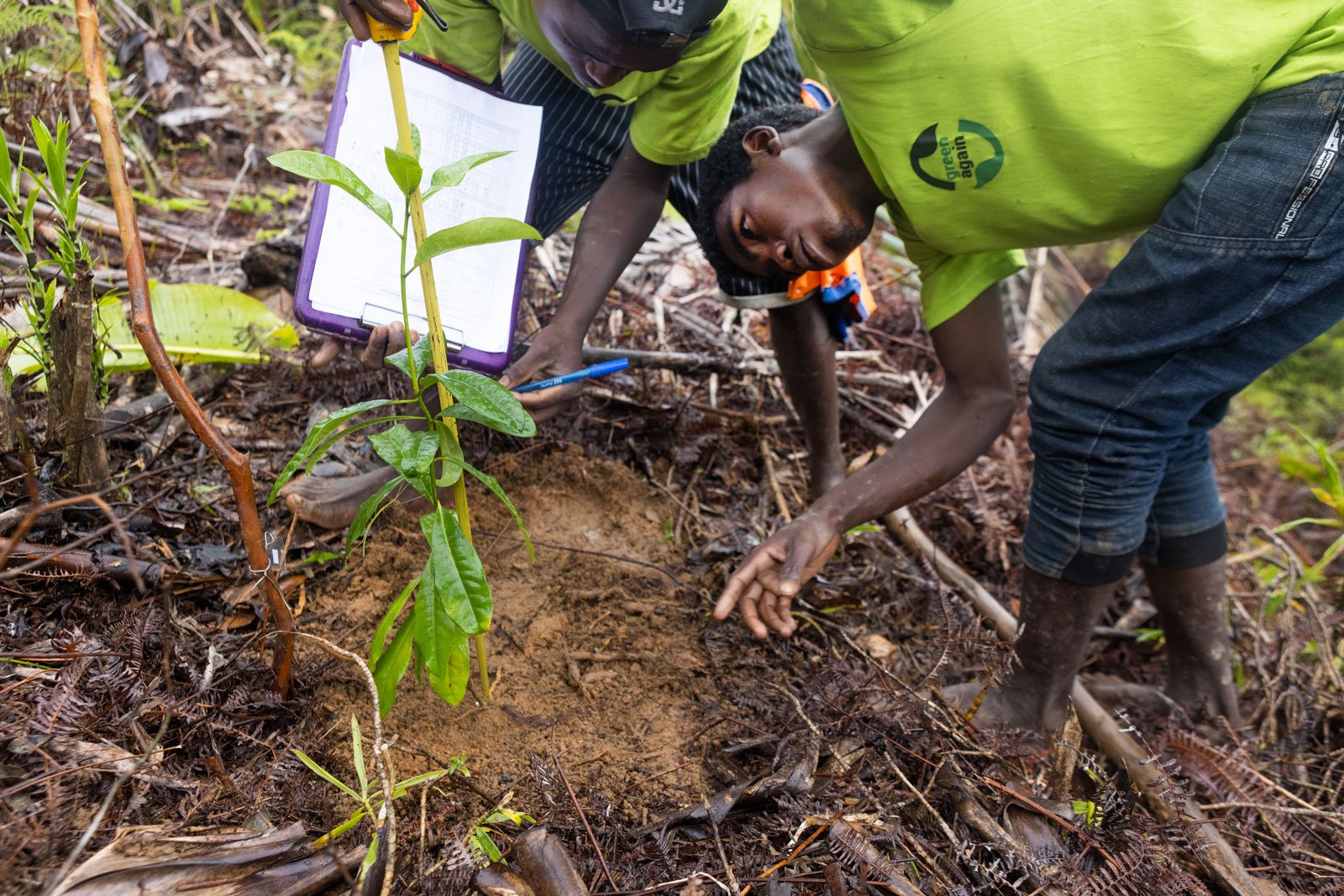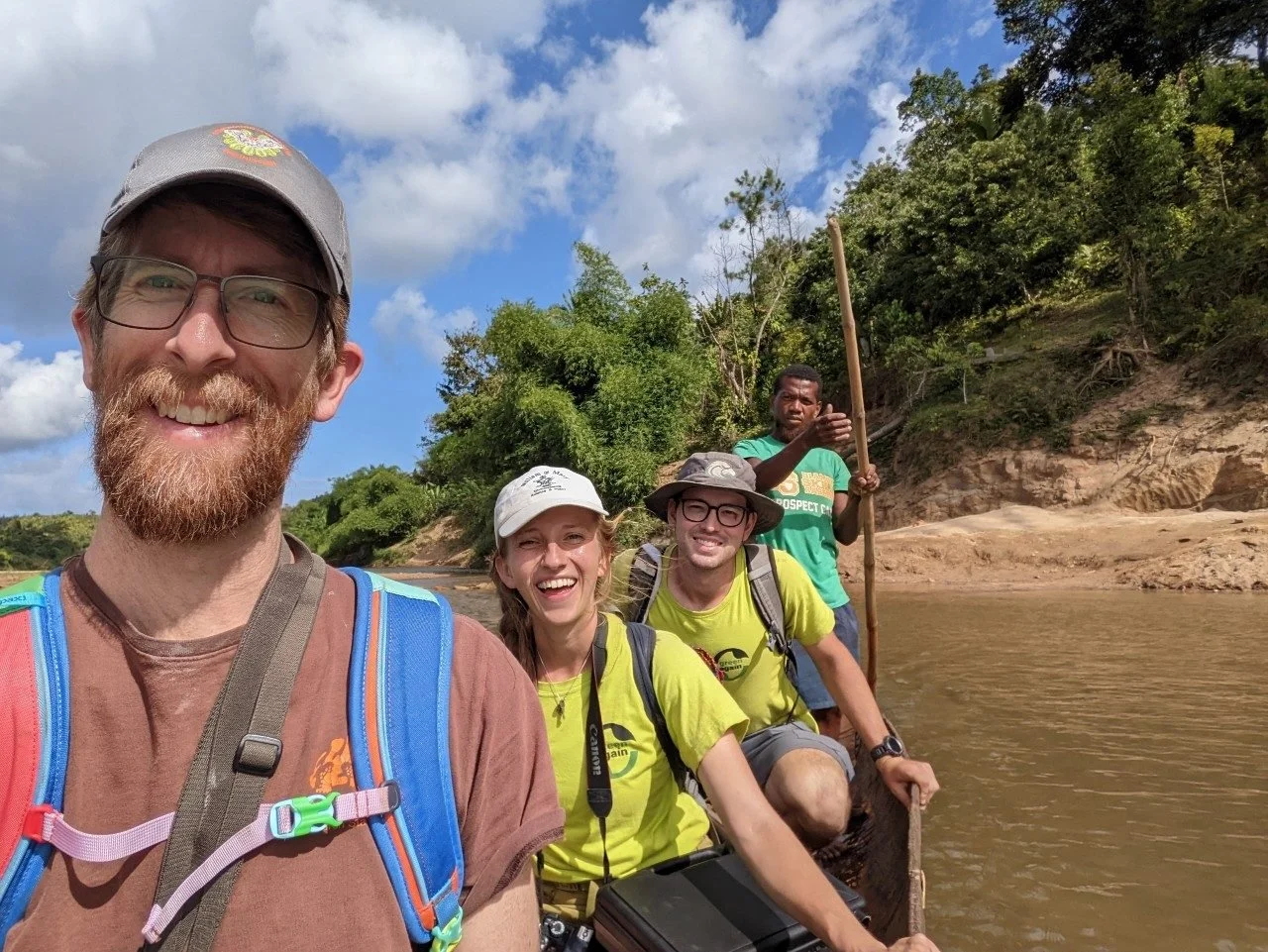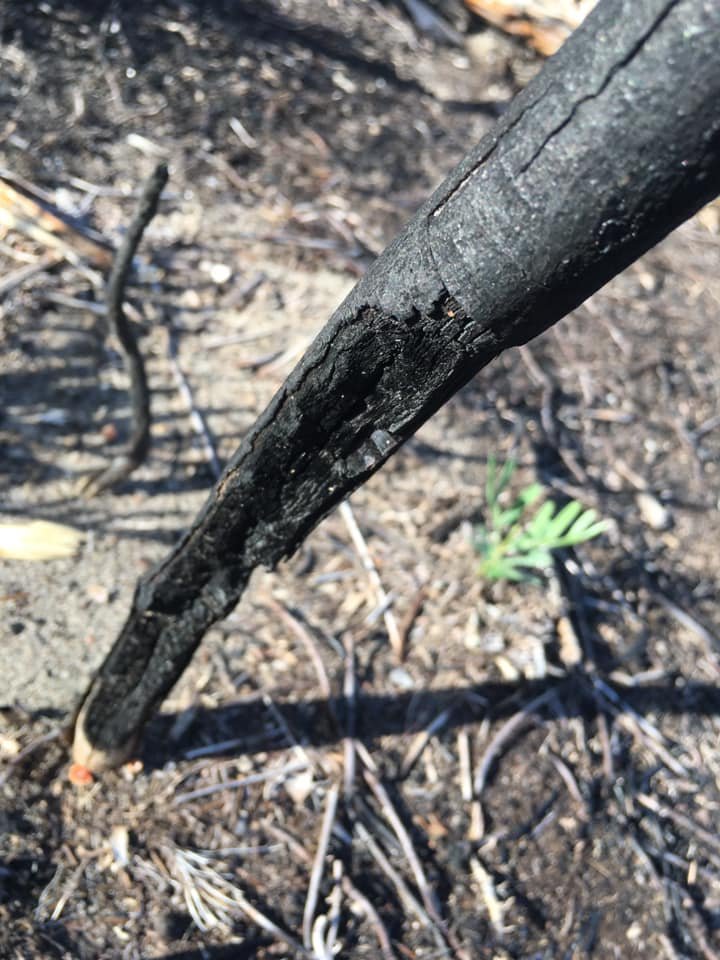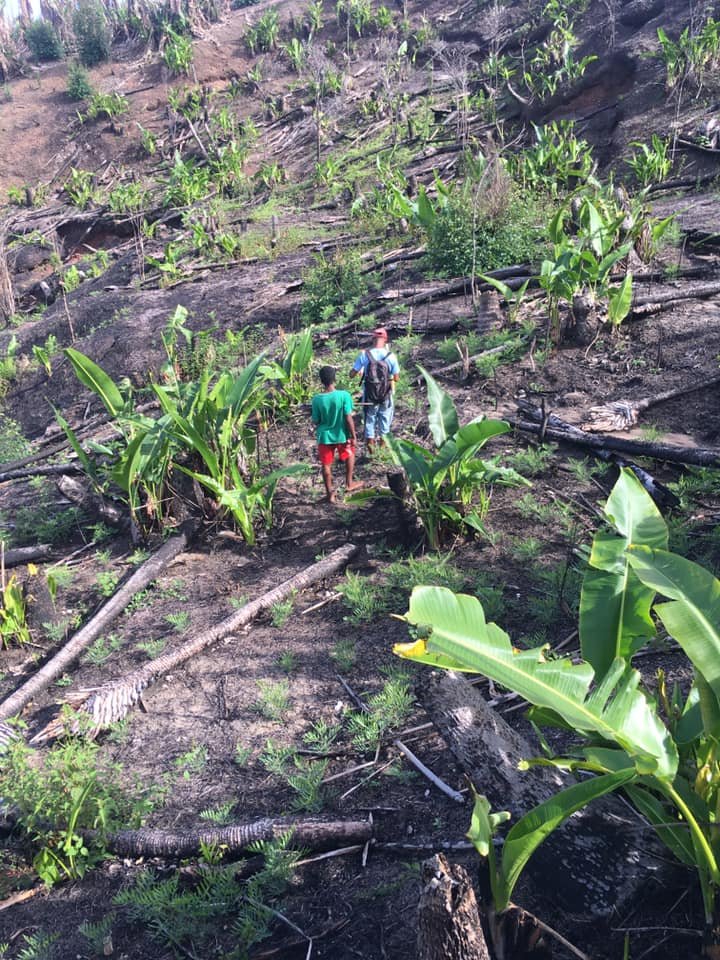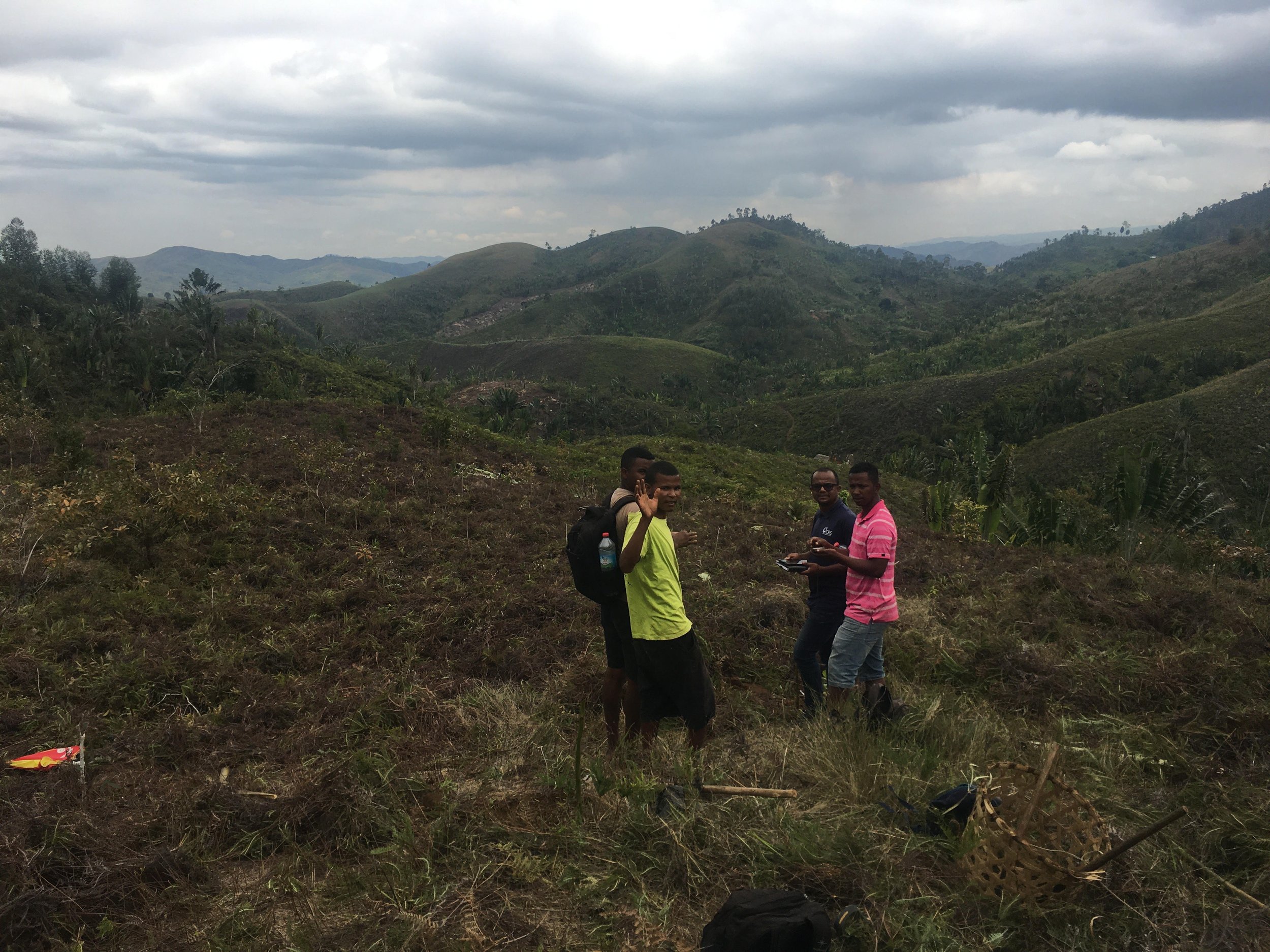This is Part 2 of a two-part exclusive on World at Large. Some sections are taken from Part 1, published in April.
Out in the ultra-rural jungles of eastern Madagascar, something is happening that all climate-conscious philanthropists and investors should take note of.
A few intrepid locals have created a 6-year, work-for-knowledge program that’s turning jobless country folk into passionate, skilled, forest management agents and entrepreneurs, ready to show the world that they themselves have the power to restore the glory of Madagascar’s stunning biodiversity.
Organized by a Malagasy woman and her Wall Street ex-pat husband, Green Again Madagascar is unlike any other tree-planting nonprofit around.
“It’s really exemplary of bottom-up restoration,” Leighton Reid, assistant professor in the School of Plant and Environmental Sciences at Virginia Tech, who conducted research for the group, told WaL.
Restoration success in Madagascar is simply different than in other countries. Madagascar split from the Indian subcontinent around 90 million years ago, allowing native plants and animals to evolve in relative isolation. Consequently, it’s a biodiversity hotspot with over 90% of wildlife being endemic.
More than 80% of Madagascar’s 14,883 plant species are found nowhere else in the world, a number which includes five whole plant families.
Yet, none of this staggering biodiversity has been able to create enough urgency among conservation NGOs to develop a functional plan to stop forest loss in the country. A study published alongside Part 1 of this WaL exclusive showed that Madagascar had lost 4.85 million hectares of tree cover since 2000, equivalent to a 25% national loss.
Yet this isn’t always because of macro problems like a lack of funding, organization, or accountability. Assistant Professor Reid worked with Green Again Madagascar to gather data on how to germinate and grow various species.
“There are major technical challenges to reforestation in Madagascar, Madagascar has about 90% plant endemism, so if you’re trying to do reforestation in Madagascar, and nobody has studied how to propagate a given tree species, you can’t borrow that information from Mozambique or South Africa,” assistant professor Reid told WaL.
